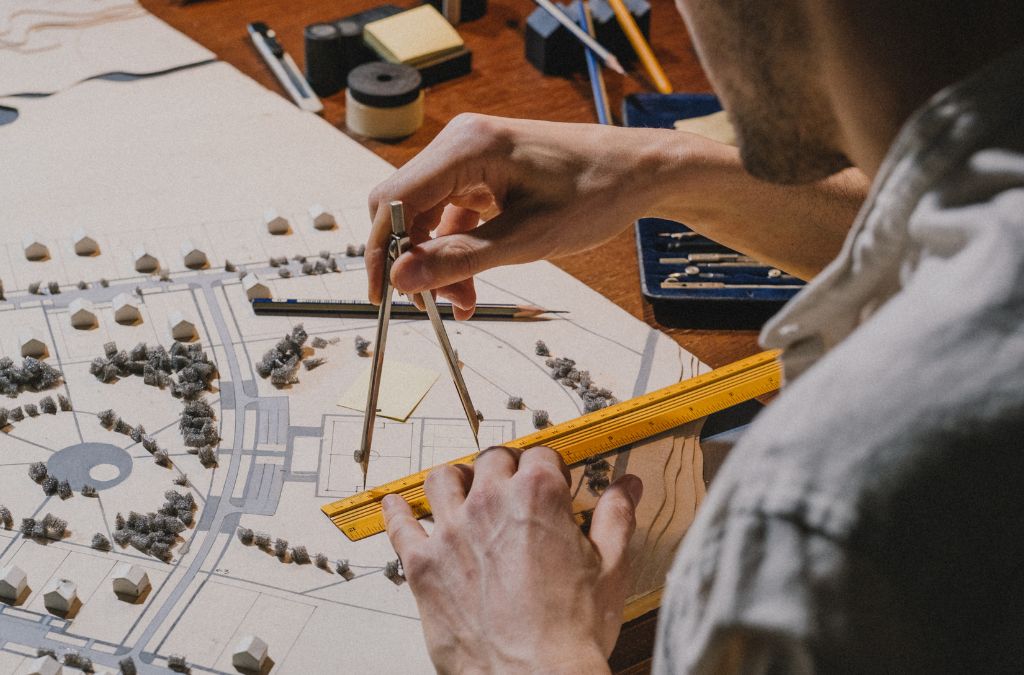-
Table of Contents
- The Architect’s Journey: From Concept to Creation
- Initial Concept and Vision
- Understanding the Client’s Needs
- Site Analysis
- Design Development
- Creating Preliminary Sketches
- Developing Detailed Plans
- Technical Design and Documentation
- Structural Design
- Mechanical, Electrical, and Plumbing (MEP) Design
- Construction Phase
- Construction Management
- Quality Control
- Case Studies
- Statistics and Trends
- Conclusion
The Architect Journey: From Concept to Creation
The journey of an architect from the initial concept to the final creation is a fascinating and intricate process. This article explores the various stages involved, providing insights into the challenges and triumphs that architects face along the way.
Initial Concept and Vision
Every architectural project begins with a vision. This vision is often inspired by the client’s needs, the site’s characteristics, and the architect’s creative ideas. The initial concept is a blend of functionality, aesthetics, and innovation.
Understanding the Client’s Needs
The first step in the process is to understand the client’s requirements. This involves detailed discussions to grasp their expectations, budget, and timeline. Architects must balance these factors to create a feasible and appealing design.
Site Analysis
Analyzing the site is a critical part of the initial concept phase. This includes studying the topography, climate, and surrounding environment. A thorough site analysis helps architects design structures that harmonize with their surroundings.
Design Development
Once the initial concept is established, the next phase is design development. This stage involves refining the concept and creating detailed plans and drawings.
Creating Preliminary Sketches
Architects start by creating preliminary sketches. These sketches serve as a visual representation of the concept and help in communicating ideas to the client and other stakeholders.
Developing Detailed Plans
After the preliminary sketches are approved, architects develop detailed plans. These plans include floor plans, elevations, and sections. They provide a comprehensive view of the project and are essential for obtaining necessary approvals and permits.
Technical Design and Documentation
The technical design phase involves creating detailed construction documents. These documents are crucial for the actual construction process.
Structural Design
Structural design is a key component of the technical design phase. Architects work with structural engineers to ensure that the building is safe and stable. This involves calculating loads, selecting materials, and designing structural elements.
Mechanical, Electrical, and Plumbing (MEP) Design
MEP design is another important aspect of the technical design phase. Architects collaborate with MEP engineers to design systems for heating, ventilation, air conditioning, electrical distribution, and plumbing.
Construction Phase
With the design and documentation complete, the project moves into the construction phase. This is where the vision becomes a reality.
Construction Management
Construction management involves overseeing the construction process to ensure that the project is completed on time and within budget. Architects often work closely with contractors and construction managers during this phase.
Quality Control
Quality control is essential during the construction phase. Architects conduct regular site visits to monitor progress and address any issues that arise. This helps in maintaining the quality and integrity of the design.
Case Studies
Examining real-world examples can provide valuable insights into the architect’s journey. Here are a few notable case studies:
- Burj Khalifa, Dubai: The tallest building in the world, designed by Adrian Smith, showcases the integration of advanced engineering and innovative design.
- Sydney Opera House, Australia: Designed by Jørn Utzon, this iconic structure is a testament to the power of visionary architecture and meticulous planning.
- Fallingwater, USA: Frank Lloyd Wright’s masterpiece demonstrates the harmony between architecture and nature.
Statistics and Trends
Understanding current trends and statistics in architecture can provide a broader perspective on the industry.
- According to the American Institute of Architects (AIA), sustainable design is a growing trend, with 70% of architects incorporating green building practices.
- The global architectural services market is projected to reach $395 billion by 2025, driven by urbanization and infrastructure development.
- 3D printing and Building Information Modeling (BIM) are revolutionizing the design and construction process, making it more efficient and cost-effective.
Conclusion
The journey from concept to creation in architecture is a complex and rewarding process. It involves a deep understanding of the client’s needs, meticulous planning, and collaboration with various professionals. By examining case studies and current trends, we gain a deeper appreciation for the art and science of architecture. The architect’s journey is a testament to creativity, innovation, and dedication, resulting in structures that shape our world.
